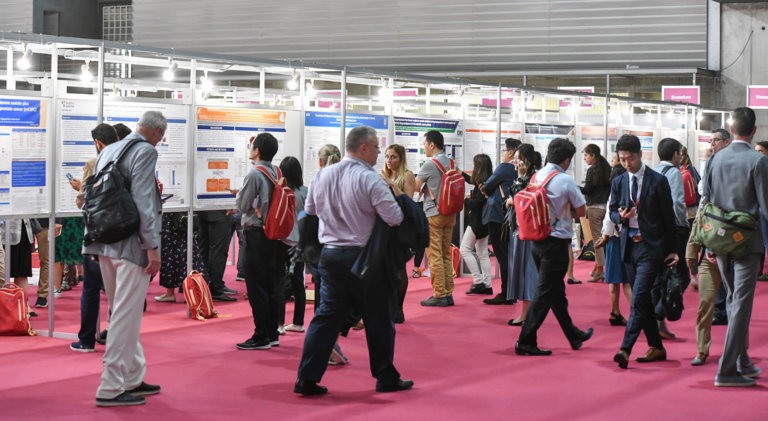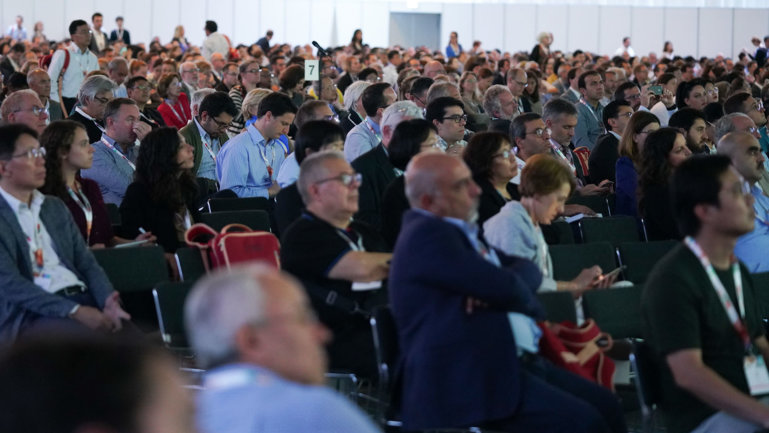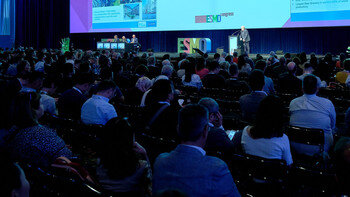
Results for two new third-generation EGFR tyrosine kinase inhibitors do not suggest advantages over osimertinib
Alternatives to osimertinib for first-line treatment of EGFR-mutated NSCLC are explored among Asian populations

Alternatives to osimertinib for first-line treatment of EGFR-mutated NSCLC are explored among Asian populations

Results from the subgroup analysis of the IMpower010 study also report some patterns of relapse that are in contrast with previously presented findings

Much progress has been made in the standardisation of pathological response but optimising viable tumour cutoffs for predicting long-term outcome after different treatment modalities and by histological type remain key areas for investigation

Overall survival data are in line with those from other MET tyrosine kinase inhibitors and show promise in a tumour subtype with poor prognosis

Health-related quality of life data from the POSEIDON study support previous efficacy findings for the benefits of a two-agent immunotherapy regimen plus chemotherapy over chemotherapy alone

Patient-reported outcomes provide important information for treatment decision-making but are not generally published alongside primary efficacy and safety data

In his Award Keynote Lecture at the European Lung Cancer Congress 2022, Prof. Fred R. Hirsch describes how ‘the tissue is still the issue’

The length of immunotherapy course for metastatic lung cancer was arbitrarily set at 2 years in clinical trials, but definitive studies investigating the optimum duration against the risk-benefit profile are lacking

Advances made in the treatment of advanced lung cancer are now being introduced at earlier stages of disease

The tyrosine kinase inhibitor shows signs of efficacy in treatment-naïve NSCLC with HER2 exon 20 insertions, but its safety profile remains a limiting factor
This site uses cookies. Some of these cookies are essential, while others help us improve your experience by providing insights into how the site is being used.
For more detailed information on the cookies we use, please check our Privacy Policy.
Necessary cookies enable core functionality. The website cannot function properly without these cookies, and you can only disable them by changing your browser preferences.